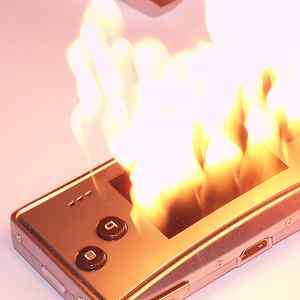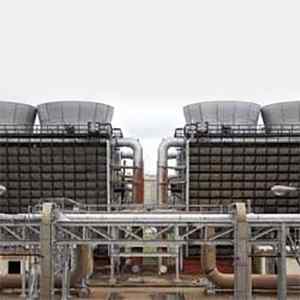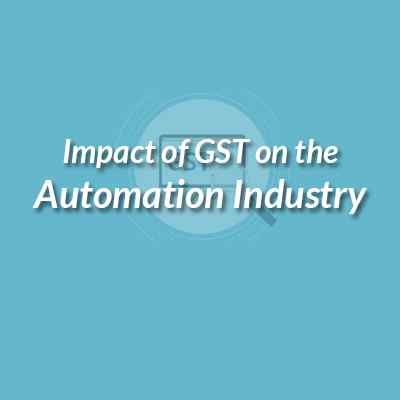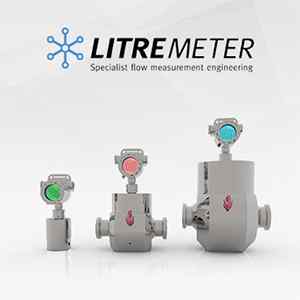Counterfeit electrical equipment and the hazards it poses to the industry

Some manufacturers resort to selling counterfeit or ‘fake’ electrical products instead of authentic ones to reduce costs incurred by them. The price the end consumer pays for this, however, is much higher. From health hazards to industrial accidents, the risk posed by selling and buying of counterfeit products is endless.
Counterfeit electrical products pose a safety threat to work environments across numerous occupations, as well as anyone that lives or works where these products are installed. These unsafe lookalikes can result in malfunctions that cause serious injuries including electrical shock, electrocution and even death. Counterfeit electrical products are also capable of significant property damage.
Counterfeit electrical products often lack independent testing and may not even meet minimal performance specifications. Many counterfeit products use inferior materials, without regard for any labeled ratings, certification, or customer safety. Instead, counterfeit product manufacturers rely on deception, the Internet, and prices below market level to find their way into our homes, businesses, commercial and industrial facilities.
Counterfeit electrical and electronic products now occupy second place after pharmaceuticals.
From components such as fuses, cables and circuit breakers to household equipment, professional work tools and automotive and aviation spare parts, nothing is safe from counterfeiting.
While the appearance and packaging can be very convincing, the products themselves are often sub-standard and may represent a severe safety hazard, causing accidents and costing lives.
According to a study by the ICCWBO ( International chamber of Commerce), 80% of consumers in developed and developing countries regularly purchase counterfeit products with little awareness or remorse of the consequences.
One fake comp financial liability
When counterfeit electrical devices, components and spare parts enter manufacturing supply chains, they can add fire, shock and explosion risks that may cost workers their lives, cause serious property damage and involve unpredictable financial liability.
Counterfeit electrical products don’t need to comply with performance and safety specifications; they are not tested or approved. Counterfeit aviation parts for example pose a serious risk to the safety of military, civil and commercial aircraft.
Counterfeit products directly impact the economy of the country where they are produced as well as those where they are sold.
Countries that receive counterfeit products: suffer job losses, missed sales opportunities and lost tax revenues in addition to increased social costs linked to death and injuries.
Why consumers buy counterfeit products:
A large majority of consumers recognize that buying counterfeits is unethical but they feel it is essentially a victimless crime and seldom feel guilty about it.
In emerging markets, more than half of counterfeit purchases take place in normal stores and consumers don’t feel that they have a way to protect themselves against pirated products. Furthermore, even if they had the choice, they might often not have the financial means to afford an original.
Let’s stop buying counterfeit products and stand by the ethical rules of trade. When the demand for such products goes down, the supply goes down too.
This is easier said than done, but is the best way to cut down the risks to life and the industry posed by counterfeit products.











